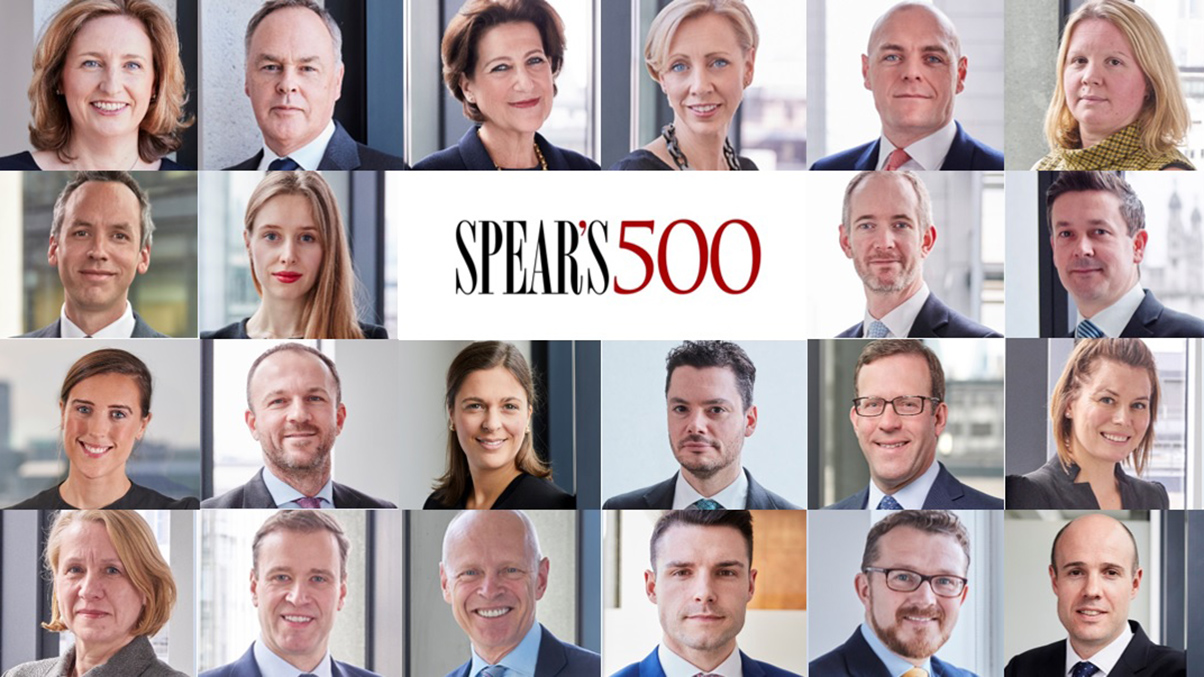Reconciling the right to privacy with the right public scrutiny is a perennial challenge for the family court. Stephen Foster and Sarah Havers shine a light on an issue that’s splitting the judges.
Salacious details of the private lives of those in the public eye sells newspapers. This is not a modern phenomenon. There’s a long history of headlines recording the downfall of politicians disgraced after details of their marital and extramarital affairs are laid out across the tabloids and broadsheets for the nation’s gratification.
The Profumo affair, almost 60 years ago, looms large in living memory and we can all think of more recent examples of MPs’ careers cut short upon the discovery by the press that their private lives didn’t quite match up to their manifesto pledge of promoting family values. This, of course, has been further fuelled by the rise of online channels. Today, we witness the bizarre situation where lengths to which those in the public spotlight will go to keep their misdemeanours private has become the headline itself.
Although super-injunctions and non-disclosure agreements have been used in attempts to gag the press and former employees alike, these are not always successful and when an application for a super-injunction fails, it inevitably fans the flames of public interest.
You may well be of the school of thought that today’s news is tomorrow’s chip paper, or that nothing can be trusted when fake news is presented as rock-solid ‘fact’ and vice versa. However, the little-known reality is that the divorce which often follows the exposure of an affair can, if fought through the family court, give the media a second bite of the cherry.
Historically, the family court has been closed to the press and the details of the parties have been kept private. Judgments were routinely anonymised and facts or details were often redacted to prevent “jigsaw identification” – the piecing together of the parties’ identities.
This has led to repeated criticism of the family court over the years that its approach to privacy is in direct conflict with one of the cornerstones of our legal system – judicial accountability through public scrutiny. In an effort to counter this criticism, certain High Court family judges have been willing to open up their courtrooms to the media. Thankfully, the position in relation to child applications remains unchanged. These are always private, whereas contested divorce proceedings are always heard in open court, for public policy reasons.
Where the direction of judicial winds is rapidly changing is in relation to those cases dealing with a couple’s financial claims on divorce. There is now a “Papal schism” between different High Court judges’ approaches to privacy and the media.
On one side are those judges who will sit in open court to hear a financial case, allowing the parties to be named and almost all details (save for the financially sensitive) of the proceedings to be reported. On the other side are those judges who maintain a default position that in family cases it is beneficial for all involved if matters remain private. The result of this judicial schism is that, when it comes to the high-profile individuals, it’s a lottery whether their case is heard in private or public, with all of the publicity implications that this presents. This cannot be right.
Worryingly, getting the ‘right’ judge still doesn’t guarantee that the media won’t get wind of the case. Accredited members of the press are entitled to sit in on any family court hearing (albeit they are restricted from reporting) and at least one member is present every day at the Royal Courts of Justice, slipping in and out of the family courtrooms to listen to different cases.
If the details of the case are interesting enough to sell papers and the hearing is not in open court, then the press will apply for permission to report the case. If opposed by one or both parties there will follow a contested hearing at which the judge will ultimately have to weigh up the competing rights embodied in the Human Rights Act – the right to respect for one’s private and family life (Article 8) and the right to freedom of expression (Article 10). The differing approaches of the High Court judges, as well as the specific facts of each case, mean the outcome of such applications is hard to predict.
The fact is that while this unsettling judicial uncertainty remains, the family court is no longer a guaranteed private forum for resolving disputes between divorcing couples. If the legal contest as to how to divide the assets involves someone in the public eye, it is likely to generate headlines. It is no wonder then, that in order to shield the families of well-known individuals from prurient press intrusion there is a drift towards arbitration and voluntary private settlement hearings, which ensures the privacy of all involved, including the outcome.
This article appears in the February/March No 1 issue of The Mace magazine.
You can find further information regarding our expertise, experience and team on our Divorce and Family pages.
If you require assistance from our team, please contact us or alternatively request a call back from one of our lawyers by submitting this form.
Subscribe – In order to receive our news straight to your inbox, subscribe here. Our newsletters are sent no more than once a month.







